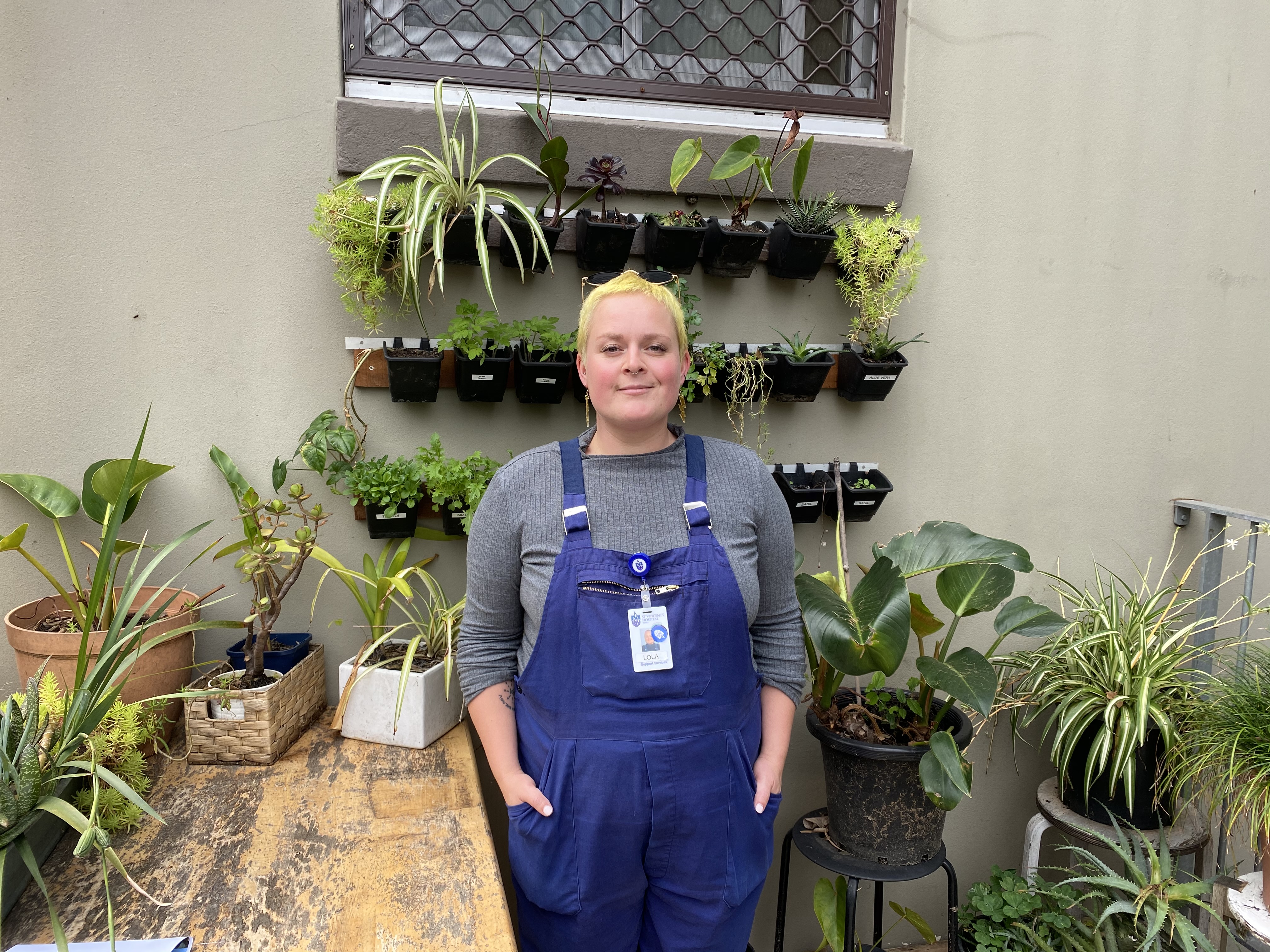LGBTIQA+ community over-represented in latest homelessness data
LGBTIQA+ community over-represented in latest homelessness data
14 Apr 2022
In 2019 St Vincent’s joined a coalition of likeminded organisations and NGO’s with an ambitious, collective goal to halve homelessness across NSW by 2025, and work toward ending it entirely by 2030.
Known as the End Street Sleeping Collaboration (ESSC), a recent study delivered by the group found that young LGBTIQA+ community members make up a disproportionate percentage of people experiencing homelessness in Sydney’s Inner City.
Of the people surveyed, approximately 36% identified as being sexuality or gender diverse, with 45% of those experienced homelessness at 24 years and younger - sadly some as young as 10 years of age.
“For some people, ‘coming out’ to their family, school or work is overwhelming. For those who do, or for those who are unable to conceal their sexuality or gender diversity, are often met with discrimination”, explains Lola Sheenagh, Peer Support Worker in the St Vincent’s Homeless Health team.
Persistent exposure to stigma, discrimination, social isolation, and experiences of violence, abuse and neglect are often connected to homelessness, with young people being forced to leave home to escape these conditions, or being kicked out of home by their family.
Unsurprisingly, almost 57% of the LGBTIQA+ survey respondents were identified as having a tri-morbidity making them more likely to experience a mental health condition and substance use in conjunction with a physical health issue.
“As a society, we need to consider why these people don’t have people in their lives that they can trust. Even for kids who do have a supportive family network, there are still so many barriers to making them feel safe.
With constant commentary on LGBTIQA+ issues in sport, politics and the media - there are a lot of opinions about how people should live their lives and what their rights should be. This has a ripple effect on how the broader community views LGBTIQA+ people”, Lola explained.
While the ESSC findings are concerning, the true numbers are likely to be higher, given not all agencies are collecting this information, and not all people are comfortable with identifying.
“As someone who has accessed services myself, I know that it can be difficult to navigate if you can be honest about who you are, or are you going to be discriminated against for it”, Lola said.
This partly highlights how improvements can be achieved. By increasing visibility and inclusion in homeless health services, better positions gender and sexuality diverse people to open up about who they are and what they need, leading to better service provision and better health outcomes.
“When I’m open about who I am with the support of my workplace, it enables LGBTIQA+ clients to open up about their own sexuality and experiences. This allows us to tailor their supports to meet their specific needs”, Lola says.

Lola Sheenagh, Peer Support Worker at Tierney House.